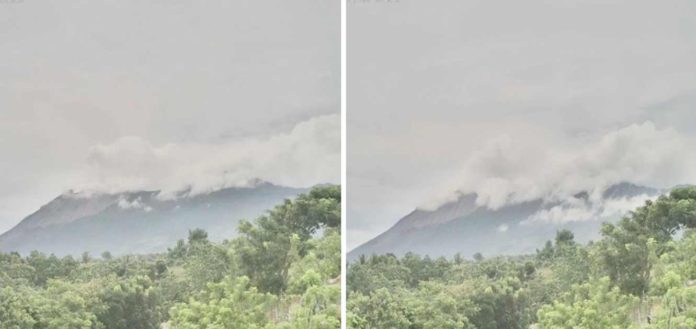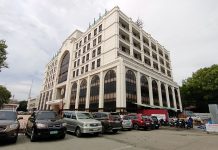
ILOILO City – The Philippine Institute of Volcanology and Seismology (PHIVOLCS) has issued a warning to the public, particularly those near Mount Kanlaon on Negros Island, to remain vigilant and avoid the four-kilometer-radius Permanent Danger Zone (PDZ) around the volcano.
The advisory came after PHIVOLCS recorded this year’s third-highest emission from the volcano since the beginning of instrumental gas monitoring.
On Saturday, August 24, PHIVOLCS issued an advisory noting an elevated sulfur dioxide (SO2) gas flux at Kanlaon.
According to the advisory, the volcanic sulfur dioxide gas emission from the summit crater, based on Flyspec measurements, reached 6,367 tonnes/day. Additionally, several barangays in Murcia, Negros Occidental, reported SO2 fumes.
Prior to the June 3, 2024 eruption, Kanlaon had been degassing increased concentrations of volcanic SO2 at an average rate of 1,273 tonnes/day.
Since the eruption, the average emission rate has risen to 3,295 tonnes/day.
The volcano has also exhibited strong degassing activity, generating voluminous steam-rich plumes that rose 700 meters before drifting north.
Volcanic earthquake activity has persisted at an average of nine events per day since the eruption. Real-time ground deformation data from continuous GPS and electronic tilt measurements indicate slow but sustained inflation and pressurization of the volcanic edifice since March 2022.
Increased inflation of the eastern and southeastern flanks began in 2023 and was detected by campaign EDM in July 2024.
PHIVOLCS’s advisory highlighted the presence of shallow magmatic processes beneath the volcano, driving unrest and causing persistent and increasing concentrations of volcanic gas emission, ongoing volcanic earthquake activity, and swelling of the edifice.
With Alert Level 2 (increasing unrest) prevailing over Kanlaon, the public is advised to be vigilant and avoid entering the PDZ to minimize risks from volcanic hazards such as pyroclastic density currents, ballistic projectiles, and rockfall.
In the event of ash fall affecting communities downwind of Kanlaon’s crater, people should cover their noses and mouths with damp, clean cloths or dust masks.
Civil aviation authorities are also advised to caution pilots against flying close to the volcano’s summit, as ash and ballistic fragments from sudden eruptions can be hazardous to aircraft.
Additionally, communities living beside river systems on the southern and western slopes, particularly those previously affected by lahars and muddy streamflows, are urged to take precautionary measures when heavy rainfall over the volcano has been forecast or has begun./PN



